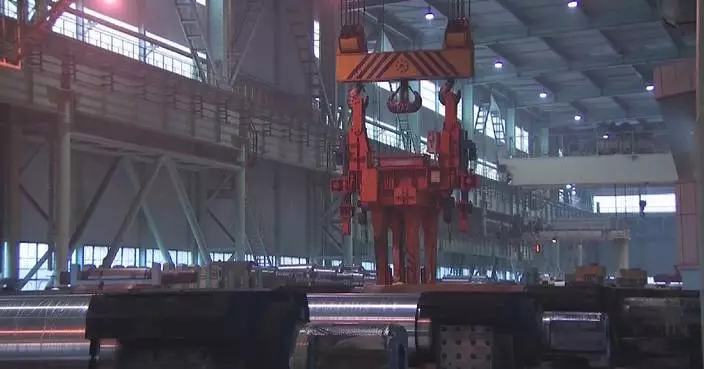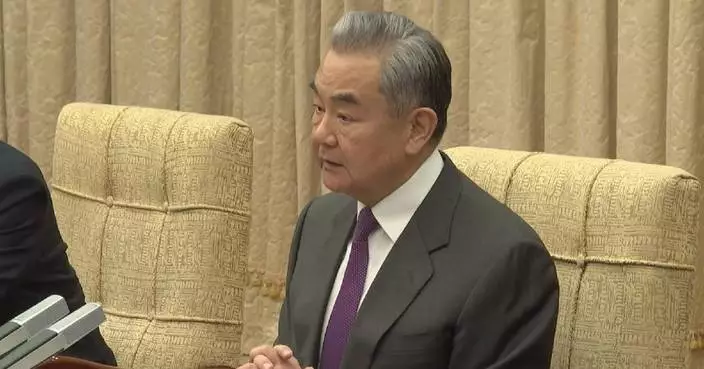Moody's Ratings on Friday slashed U.S. long-term issuer and senior unsecured ratings to Aa1, down from the highest rating of Aaa, citing rising government debt and interest payment ratios.
The rating firm also changed its outlook for U.S. ratings from negative to stable.
Click to Gallery
Moody's Ratings cuts U.S. credit rating citing budgetary burden
Moody's Ratings cuts U.S. credit rating citing budgetary burden
Moody's Ratings cuts U.S. credit rating citing budgetary burden
Moody's Ratings cuts U.S. credit rating citing budgetary burden
"This one-notch downgrade on our 21-notch rating scale reflects the increase over more than a decade in government debt and interest payment ratios to levels that are significantly higher than similarly rated sovereigns," said a release by Moody's Ratings.
Moody's Ratings changed the outlook of U.S. sovereign rating from stable to negative in November 2023.
According to the Moody's release, "Successive U.S. administrations and Congress have failed to agree on measures to reverse the trend of large annual fiscal deficits and growing interest costs."
"We do not believe that material multi-year reductions in mandatory spending and deficits will result from current fiscal proposals under consideration. Over the next decade, we expect larger deficits as entitlement spending rises while government revenue remains broadly flat," the release read.
In turn, persistent, large fiscal deficits will drive the government's debt and interest burden higher, said Moody's Ratings.
U.S. fiscal performance is likely to deteriorate relative to its own past and compared to other highly-rated sovereigns, according to the credit rating agency.
The downgrade on Friday means the United States has lost its last triple-A credit rating from a major rating firm, following cuts by Fitch Ratings in 2023 and Standard and Poor's Global Ratings in 2011.
Moody's Ratings also forecasted a bleak outlook for the outlook of U.S. debt burden and fiscal conditions in the coming decade.
Without adjustments to taxation and spending, the United States is expected to continue to have limited budget flexibility, with mandatory spending, including interest expense, to rise to around 78 percent of total spending by 2035 from about 73 percent in 2024.
If the 2017 Tax Cuts and Jobs Act is extended, it will add around 4 trillion U.S. dollars to the federal fiscal primary (excluding interest payments) deficit over the next decade, according to Moody's Ratings.
Moody's Ratings anticipated that U.S. federal debt burden would rise to about 134 percent of GDP by 2035, compared to 98 percent in 2024.
Despite high demand for U.S. Treasury assets, higher Treasury yields since 2021 have contributed to a decline in debt affordability, warned Moody's Ratings.
Federal interest payments are likely to absorb around 30 percent of revenue by 2035, up from about 18 percent in 2024 and 9 percent in 2021, said Moody's Ratings.
"Moody's downgrade of the United States' credit rating should be a wake-up call to Trump and Congressional Republicans to end their reckless pursuit of their deficit-busting tax giveaway," U.S. Senate Democratic Leader Chuck Schumer said in a statement on Friday.
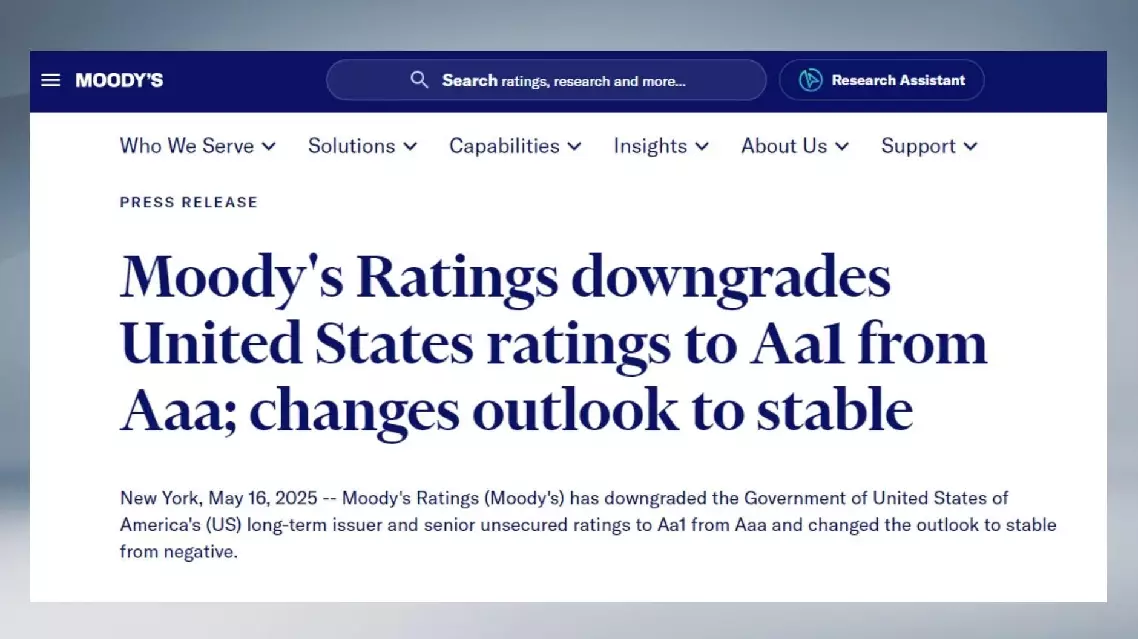
Moody's Ratings cuts U.S. credit rating citing budgetary burden
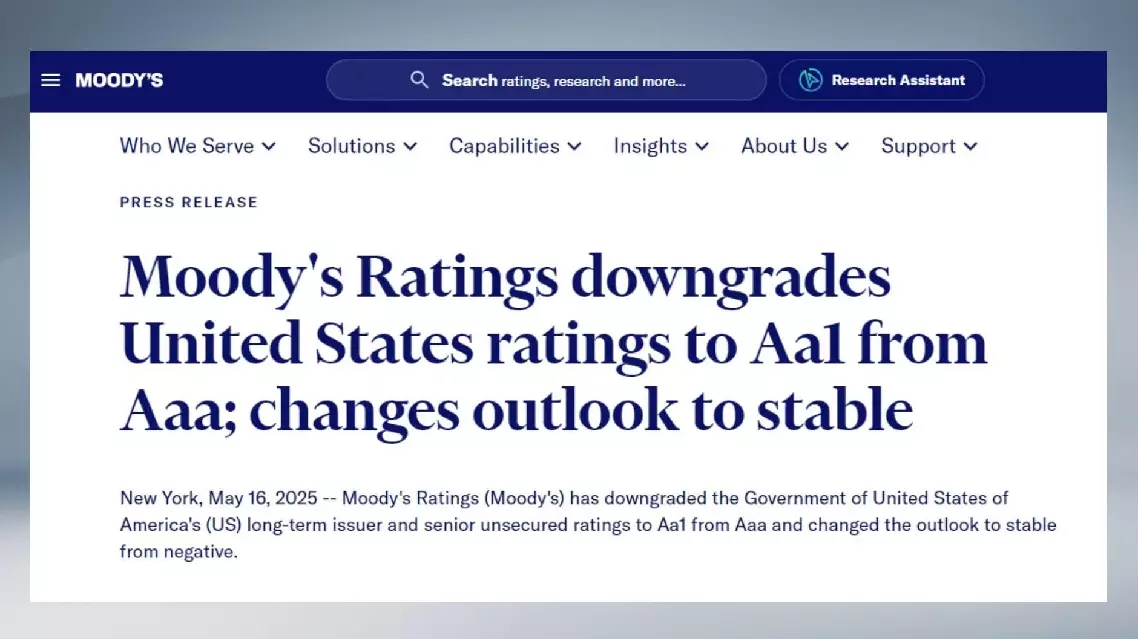
Moody's Ratings cuts U.S. credit rating citing budgetary burden
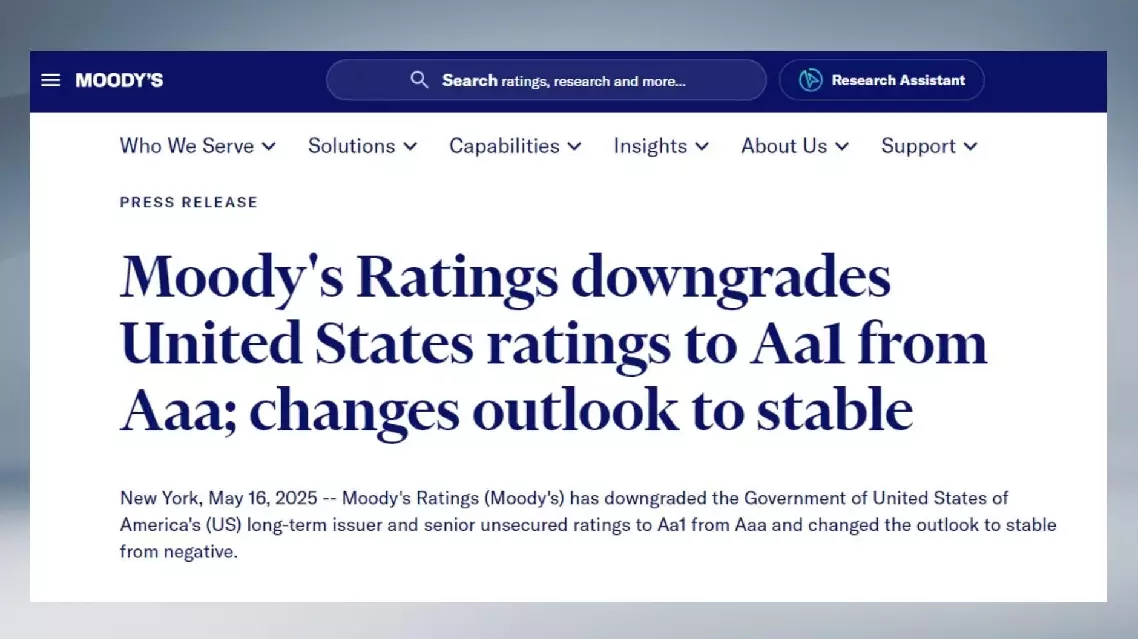
Moody's Ratings cuts U.S. credit rating citing budgetary burden
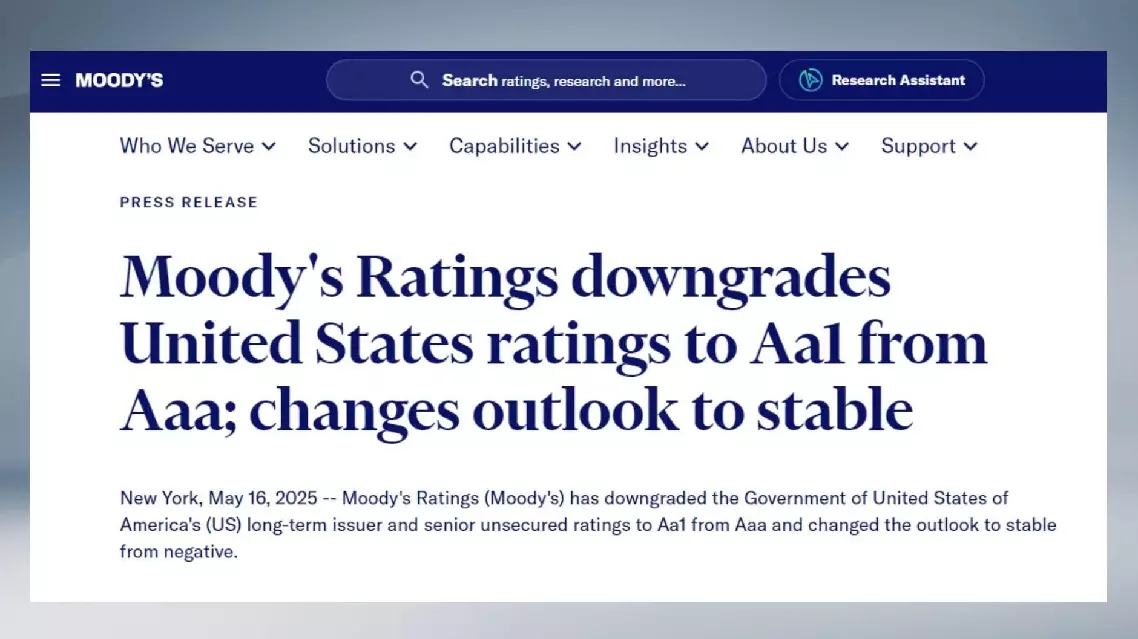
Moody's Ratings cuts U.S. credit rating citing budgetary burden
The U.S. military strike against Venezuela and capture of its president, Nicolas Maduro, has shocked the international community, triggering a steady stream of condemnation and serious concerns worldwide.
Brazil, Chile, Colombia, Mexico, Uruguay and Spain issued a joint statement on Sunday, expressing serious concern about and firm opposition to the U.S. unilateral military operations in Venezuela.
The U.S. actions contravene fundamental principles of international law, particularly the prohibition on the use or threat of force, and respect for the sovereignty and territorial integrity of States, as enshrined in the UN Charter, constituting an extremely dangerous precedent against peace and regional security, according to the statement.
In expressing profound concern and firm rejection, the six countries stressed in the statement that the situation in Venezuela must be resolved exclusively by peaceful means, and through dialogue, negotiation and respect for the will of the Venezuelan people in all its expressions, without external interference and in accordance with international law.
Only an inclusive political process, led by Venezuelans, can lead to a democratic, sustainable solution that respects human dignity, according to the statement.
Spanish Prime Minister Pedro Sanchez condemned the U.S. raid in Venezuela as a violation of international law, adding that the Spanish government always advocates and defends international law and peaceful resolution of conflicts.
Addressing a meeting of the Community of Latin American and Caribbean States (CELAC), Cuban Foreign Minister Bruno Rodriguez demanded the unconditional and immediate release of Maduro and his wife.
Noting that Latin America and the Caribbean are a zone of peace, he expressed his firm opposition to the use of force, which is an unshakable principle.
Any aggression against Venezuela shall be regarded as an attack against all CELAC member states, and nations must collectively oppose it, he stressed.
The South African government denounced the U.S. attack on Venezuela as a violation of international law, according to a statement released on Sunday.
History has repeatedly demonstrated that military invasions against sovereign states yield only instability and deepening crisis, the statement said.
South Africa calls on the UN Security Council to urgently convene a session to address this situation, according to the statement.
Serbian President Aleksandar Vucic said what happened in Venezuela demonstrates that international law and the UN Charter are losing their practical effectiveness.
U.S. military action against Venezuela marks a dangerous precedent, as similar actions could be taken against any other nations, he said.
In addition, the foreign ministries of Namibia, Singapore, Oman and Pakistan also issued statements on the same day, expressing grave concern over U.S. interference in Venezuela's internal affairs.
They emphasized the need to uphold international law and the principles of the UN Charter while respecting Venezuela's sovereignty.
They also called on all parties to exercise restraint and resolve the crisis through peaceful dialogue.
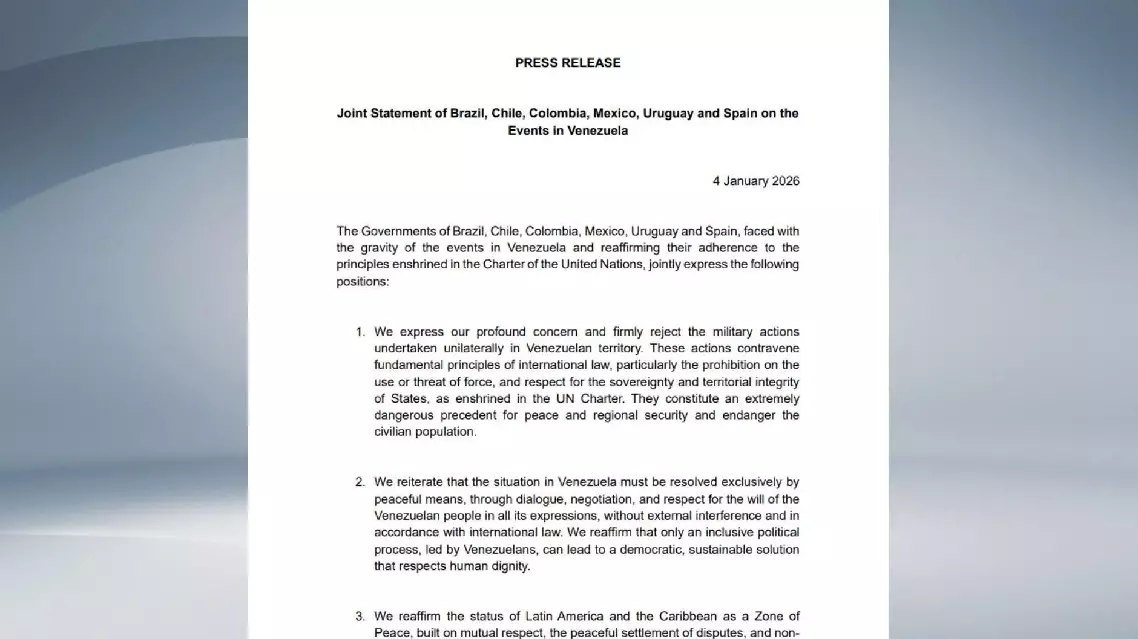
U.S. move against Venezuela sparks condemnation, concerns worldwide









